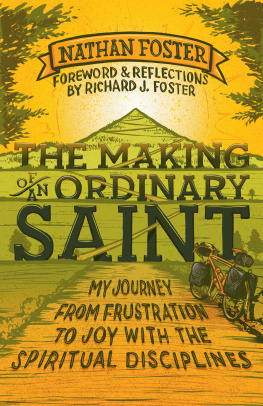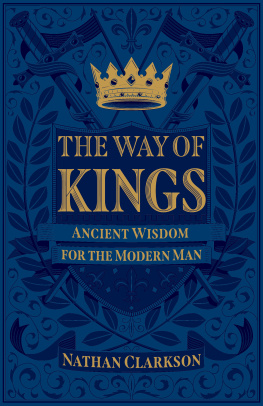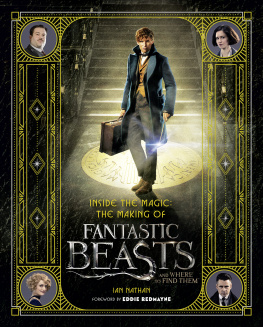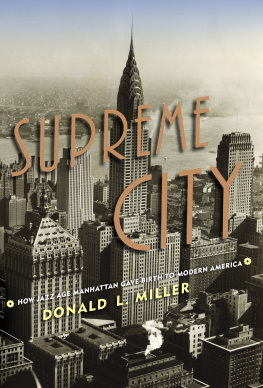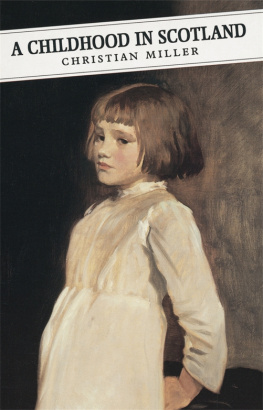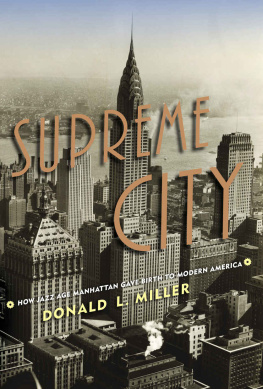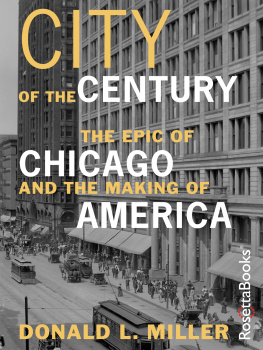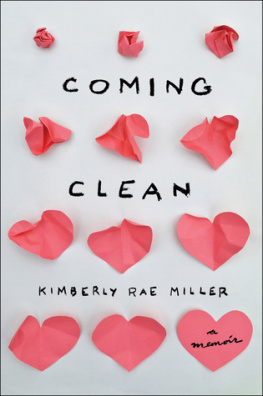Nathan Miller - New World Coming: The 1920s and the Making of Modern America
Here you can read online Nathan Miller - New World Coming: The 1920s and the Making of Modern America full text of the book (entire story) in english for free. Download pdf and epub, get meaning, cover and reviews about this ebook. year: 2004, publisher: Da Capo Press, genre: Non-fiction. Description of the work, (preface) as well as reviews are available. Best literature library LitArk.com created for fans of good reading and offers a wide selection of genres:
Romance novel
Science fiction
Adventure
Detective
Science
History
Home and family
Prose
Art
Politics
Computer
Non-fiction
Religion
Business
Children
Humor
Choose a favorite category and find really read worthwhile books. Enjoy immersion in the world of imagination, feel the emotions of the characters or learn something new for yourself, make an fascinating discovery.
- Book:New World Coming: The 1920s and the Making of Modern America
- Author:
- Publisher:Da Capo Press
- Genre:
- Year:2004
- Rating:5 / 5
- Favourites:Add to favourites
- Your mark:
- 100
- 1
- 2
- 3
- 4
- 5
New World Coming: The 1920s and the Making of Modern America: summary, description and annotation
We offer to read an annotation, description, summary or preface (depends on what the author of the book "New World Coming: The 1920s and the Making of Modern America" wrote himself). If you haven't found the necessary information about the book — write in the comments, we will try to find it.
New World Coming: The 1920s and the Making of Modern America — read online for free the complete book (whole text) full work
Below is the text of the book, divided by pages. System saving the place of the last page read, allows you to conveniently read the book "New World Coming: The 1920s and the Making of Modern America" online for free, without having to search again every time where you left off. Put a bookmark, and you can go to the page where you finished reading at any time.
Font size:
Interval:
Bookmark:


The 1920s and the Making of Modern America
NATHAN MILLER
SCRIBNER
NEW YORK LONDON TORONTO SYDNEY SINGAPORE

ALSO BY NATHAN MILLER
Broadsides: The Age of Fighting Sail
Sea of Glory: A Naval History of the American Revolution
Star-Spangled Men: Americas Ten Worst Presidents
War at Sea: A Naval History of World War II
Theodore Roosevelt: A Life
FDR: An Intimate History
The U.S. Navy: An Illustrated History
NEW WORld
COMiNG
The 1920s
and the Making of Modern America

NATHAN MILLER
A LISA DREW BOOK
SCRIBNER
NEW YORK LONDON TORONTO SYDNEY SINGAPORE

SCRIBNER
1230 Avenue of the Americas
New York, NY 10020
www.SimonandSchuster.com
Copyright 2003 by Nathan Miller
All rights reserved, including the right of reproduction in whole or in part in any form.
The lines from the season tis,my lovely lambs, Copyright 1926, 1954, 1991 by the Trustees for the E. E. Cummings Trust. Copyright 1985 by George James Firmage, from Complete Poems: 1904-1962 by E. E. Cummings, edited by George J. Firmage.
Used by permission of Liveright Publishing Corporation.
SCRIBNER and design are trademarks of Macmillan Library Reference USA, Inc., used under license by Simon & Schuster, the publisher of this work.
A LISA DREW BOOK is a trademark of Simon & Schuster Inc.
For information about special discounts for bulk purchases, please contact Simon & Schuster Special Sales: 1-800-456-6798 or business@simonandschuster.com
Designed by Colin Joh
Text set in Goudy Oldstyle
Manufactured in the United States of America
1 2 3 4 5 6 7 8 9 10
Library of Congress Cataloging-in-Publication Data
Miller, Nathan, 1927
New world coming : the 1920s and the making of modern America / Nathan Miller.
p. cm.
A Lisa Drew Book
Includes bibliographical references and index.
1. United StatesHistory1919-1933.
2. United StatesSocial conditions1918-1932.
3. Nineteen twenties.
4. Fitzgerald, F. Scott (Francis Scott), 1896-1940.
I. Title.
E784.M555 2003
973.91dc21
2003046001
ISBN 0-684-85295-0
eISBN 13: 978-1-4391-3104-6
ISBN 13: 978-0-6848-5295-9
To Joan and Stan Weiss
Myra and Jerry Barron
and their offspring

To mention the 1920s in America immediately conjures up such personalities and events as Scott and Zelda Fitzgerald, Prohibition, the Charleston, flappers, speakeasies, Hello, Sucker! the Wall Street boom, and the Great Crash. In part, this is so because of Frederick Lewis Allens compulsively readable account Only Yesterday. But that book has certain defects, beginning with the fact that it was published in 1931, and contains little in the way of hard data. Allen also neglected blacks and the bitter labor struggles of the period. I have tried to present the story of this rollicking decade without these defects. To frame my narrative in human terms, I have used the life of F. Scott Fitzgerald, which was at its most flamboyant in those years.
It is indeed a judgment call to select one decade to describe the warp and woof of American history, but the 1920s present themselves admirably for such treatment. They have a clear beginning at World War I and the battle for the League of Nations, and end with the stock market crash of 1929 and the resulting political explosion. To an astonishing extent, the 1920s resemble our own era, at the turn of the twenty-first century; in many ways that decade was a precursor of modern excesses. We, too, have engaged in foolishly dangerous stock market manipulations. Much of what we consider contemporary actually began in the Twentiesfor example, jazz and psychiatry. Criminal conduct by business and industrial leaders was altogether too familiar then and now. As in the 1990s, one political party prevailed in the zeitgeist of the times, encouraging the high-flying mood of the nation.
I wish to thank the distinguished Civil War historian Ernest B. Furgurson for helping to make this a better book than it would have been. Similar thanks are due Gary Gerstle, professor of history at the University of Maryland and Princeton University. Dr. Jonathan Barron of the Department of English at the University of Southern Mississippi read the chapters on the literary revolution of the Twenties. Much of the data herein was drawn from Gerald Leinwands 1927: High Tide of the 1920s. Dr. Joseph D. Lichtenberg, an internationally known psychiatrist, commented on the chapter in which I deal with psychiatry in America.
As the Pulitzer Prize-winning historian David M. Kennedy has written of Only Yesterday, Allens field of vision, for all its comprehensiveness, was severely bound by the view from the New York editorial offices of Harpers restricted geographically by the Hudson and East Riversor perhaps Cape Cod and the Hamptonsand restricted sociologically to his eastern urban and suburban subscribers. I have tried to look farther and deeper.
Throughout the pale summer nights of 1919, a light always seemed to be burning in a third-floor front room of a brownstone at 599 Summit Avenue in St. Paul. Sometimes a slim figure paced back and forth across the open windows. Up there, amid the treetops, twenty-two-year-old F. Scott Fitzgerald, subsisting mainly on cigarettes and nervous energy, was working on a novel he desperately hoped would bring him money and acclaim. Not long out of the U.S. Army following the Armistice, which ended World War I, he was being supported by his parents, his career as a writer was stymied, and his girl had broken up with him because she believed he had no prospects.
To get a breath of air, Fitzgerald unlatched a screen on one of the windows and, careful not to disturb the chapter outlines pinned to the curtains, stepped out onto a small landing where he had a sweeping view up and down the boulevard. Summit Avenue crowns a bluff overlooking the Lower Town, St. Pauls business section, and is the spine of the Summit, then the citys most fashionable neighborhood. Nearby, the Roman Catholic Cathedral of St. PaulFitzgerald was christened therecrouched at the intersection of Summit and Selby Avenues like a plump white bulldog. Wooden Queen Annes, Romanesque sandstones, red-brick faux chteaus with fairy-tale towers, and Renaissance palazzos lined the avenuea museum of American architectural failures, in his words.
As a child, Fitzgerald mingled with children whose surnames were the same as the streets on which they playedGriggs and MacKubin and Hersey. It was a good time and a good place to grow up. Scott and his companions saw the coming of the automobile and the airplane, the spread of electric lights and the telephone, and for a nickel they could pass an enchanted hour watching the first movies. Nearby, there were still fields to race across and woods in which to gather chestnuts. These were Americas Confident Years in which Theodore Roosevelt fought trusts and political bosses at home, made the dirt fly on the Panama Canal, and sent the U.S. Navys white-hulled battleships around the world.
Font size:
Interval:
Bookmark:
Similar books «New World Coming: The 1920s and the Making of Modern America»
Look at similar books to New World Coming: The 1920s and the Making of Modern America. We have selected literature similar in name and meaning in the hope of providing readers with more options to find new, interesting, not yet read works.
Discussion, reviews of the book New World Coming: The 1920s and the Making of Modern America and just readers' own opinions. Leave your comments, write what you think about the work, its meaning or the main characters. Specify what exactly you liked and what you didn't like, and why you think so.



